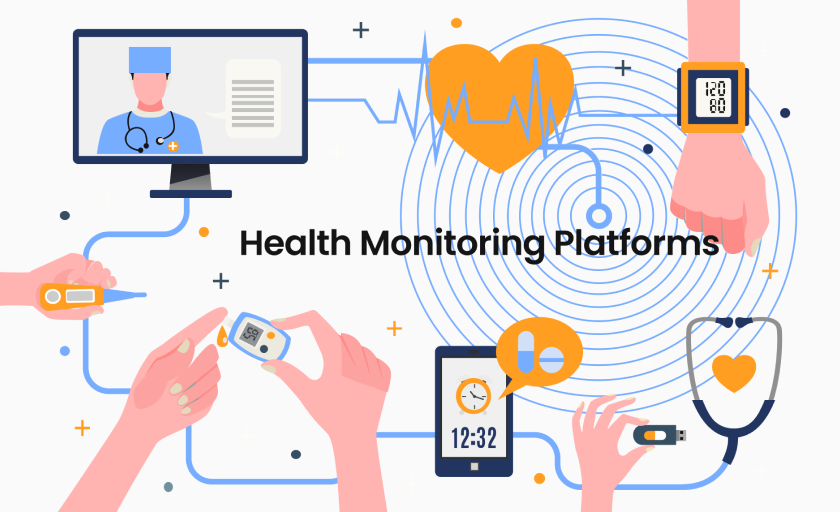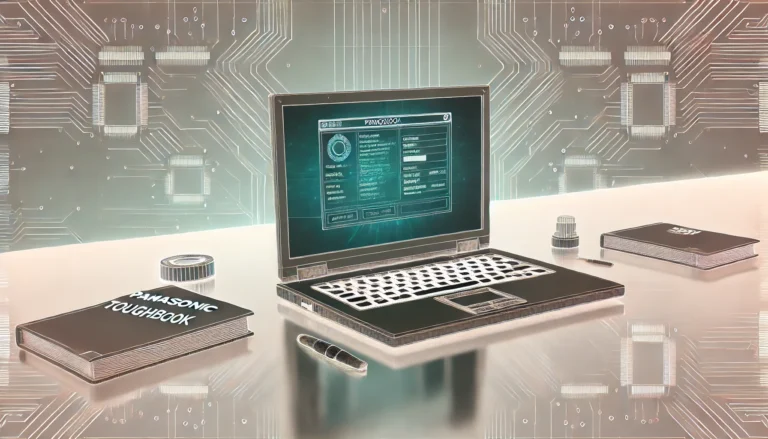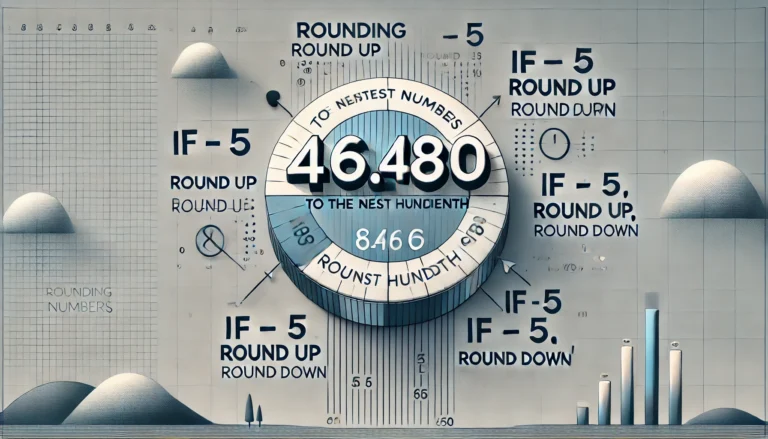
Remote Patient Monitoring (RPM) has become a pivotal tool in modern healthcare, revolutionizing the way doctors and patients interact. By utilizing remote patient monitoring software development, healthcare providers can monitor patient health in real-time without requiring frequent in-person visits. This technology allows clinicians to track vital signs, detect potential health issues early, and adjust treatment plans swiftly, improving patient outcomes while reducing the strain on medical resources.
Benefits of Remote Patient Monitoring
1. Improved Access to Care
One of the primary advantages of remote patient monitoring is its ability to increase access to healthcare, especially for individuals in rural or underserved areas. Patients no longer need to travel long distances for routine checkups, as RPM enables continuous monitoring from the comfort of their homes. This is particularly beneficial for elderly patients or those with chronic conditions who require regular health assessments.
2. Enhanced Patient Engagement
RPM encourages patients to take an active role in their healthcare management. With the help of devices that monitor blood pressure, glucose levels, heart rate, and more, patients can stay informed about their health status. This empowers them to make healthier lifestyle choices and adhere more strictly to their treatment plans. When patients understand their condition better, they tend to engage more with their care, leading to improved outcomes.
3. Early Detection of Health Issues
Another critical benefit of remote patient monitoring is the early detection of potential health problems. RPM systems collect data in real-time, allowing healthcare professionals to spot anomalies before they become severe. This early intervention can help prevent hospitalizations and reduce the overall cost of care by addressing issues when they are still manageable.
4. Reduced Hospital Readmissions
Remote patient monitoring has proven highly effective in reducing hospital readmissions, especially for patients with chronic illnesses such as heart disease, diabetes, and respiratory issues. Continuous monitoring helps healthcare providers intervene earlier, preventing conditions from worsening to the point of hospitalization. This not only benefits the patient but also reduces the financial burden on the healthcare system.
5. Cost Efficiency
RPM helps streamline healthcare services by minimizing unnecessary hospital visits and reducing the need for in-person consultations. Healthcare providers can manage more patients remotely, improving overall efficiency. Patients, on the other hand, save on transportation costs and reduce time away from work or other daily responsibilities.
How Remote Patient Monitoring Works
RPM involves the use of advanced technology to gather and transmit patient data to healthcare providers. This can include devices like wearable sensors, mobile apps, and internet-connected medical equipment that track key health metrics such as heart rate, oxygen levels, or blood pressure. These devices send data to the healthcare provider in real-time, allowing for immediate analysis and intervention if needed.
- Devices Used in RPM: Common devices include glucose monitors, heart rate trackers, and blood pressure cuffs.
- Data Transmission: Data is typically sent via secure networks to a healthcare provider’s dashboard, where it is analyzed and stored.
- Patient Education: Patients receive training on how to use the devices properly and how to interpret their own health data.
Key Challenges in RPM Adoption
1. Data Security Concerns
With the increased use of digital technology comes the risk of cyber threats. Data security remains a primary concern as sensitive patient health information is collected and transmitted over networks. Healthcare providers must ensure that robust security measures are in place to protect patient privacy and comply with healthcare regulations.
2. Technology Literacy
Not all patients, especially older individuals, may be comfortable using RPM devices. Healthcare providers must ensure that patients are adequately trained in using the technology to ensure proper health monitoring. This includes offering technical support and educational resources.
3. Integration with Existing Systems
For RPM to be fully effective, it must integrate seamlessly with the healthcare provider’s existing systems. This can be a challenge, as not all healthcare facilities have the necessary infrastructure to support RPM technology. Additionally, healthcare staff must be trained to interpret and act upon the data provided by RPM devices.
The Future of Remote Patient Monitoring
As technology continues to evolve, remote patient monitoring is expected to play an even greater role in healthcare. Innovations in artificial intelligence and machine learning are likely to enhance RPM systems, allowing for predictive analytics that can forecast health issues before they occur. The future of healthcare will likely see more widespread adoption of RPM, with increased integration of telemedicine and digital health tools to create a more connected and efficient healthcare system.
Conclusion
Remote patient monitoring has transformed the healthcare landscape by improving patient care, reducing costs, and increasing accessibility. By leveraging RPM technology, healthcare providers can offer personalized, continuous care while patients benefit from the convenience of at-home monitoring. As the technology continues to advance, remote patient monitoring will remain a key tool in improving healthcare efficiency and patient outcomes.
FAQs
1. What conditions are commonly monitored with RPM?
RPM is commonly used to monitor chronic conditions such as diabetes, heart disease, hypertension, and respiratory illnesses. It is also employed for post-operative care, allowing healthcare providers to track recovery and intervene early if complications arise.
2. How does remote patient monitoring improve patient outcomes?
RPM enables continuous health tracking, allowing healthcare providers to detect and address health issues early. By preventing complications and reducing hospital readmissions, RPM improves overall patient outcomes.
3. Is remote patient monitoring covered by insurance?
In many cases, RPM services are covered by insurance, particularly for patients with chronic conditions. However, coverage may vary depending on the specific insurance provider and the patient’s health plan. It is important to check with the insurance provider to confirm coverage.
4. Can remote patient monitoring be used for mental health care?
Yes, RPM can also be used to monitor mental health conditions. Devices can track physiological signs such as heart rate variability, sleep patterns, and activity levels, which can offer insights into a patient’s mental health. Some RPM systems are equipped with tools to help manage stress and anxiety levels.
5. What are the benefits of RPM for healthcare providers?
Healthcare providers benefit from RPM through improved patient management, reduced workload, and the ability to monitor more patients remotely. It allows clinicians to offer timely interventions, resulting in better patient care and reduced healthcare costs.




